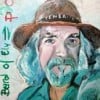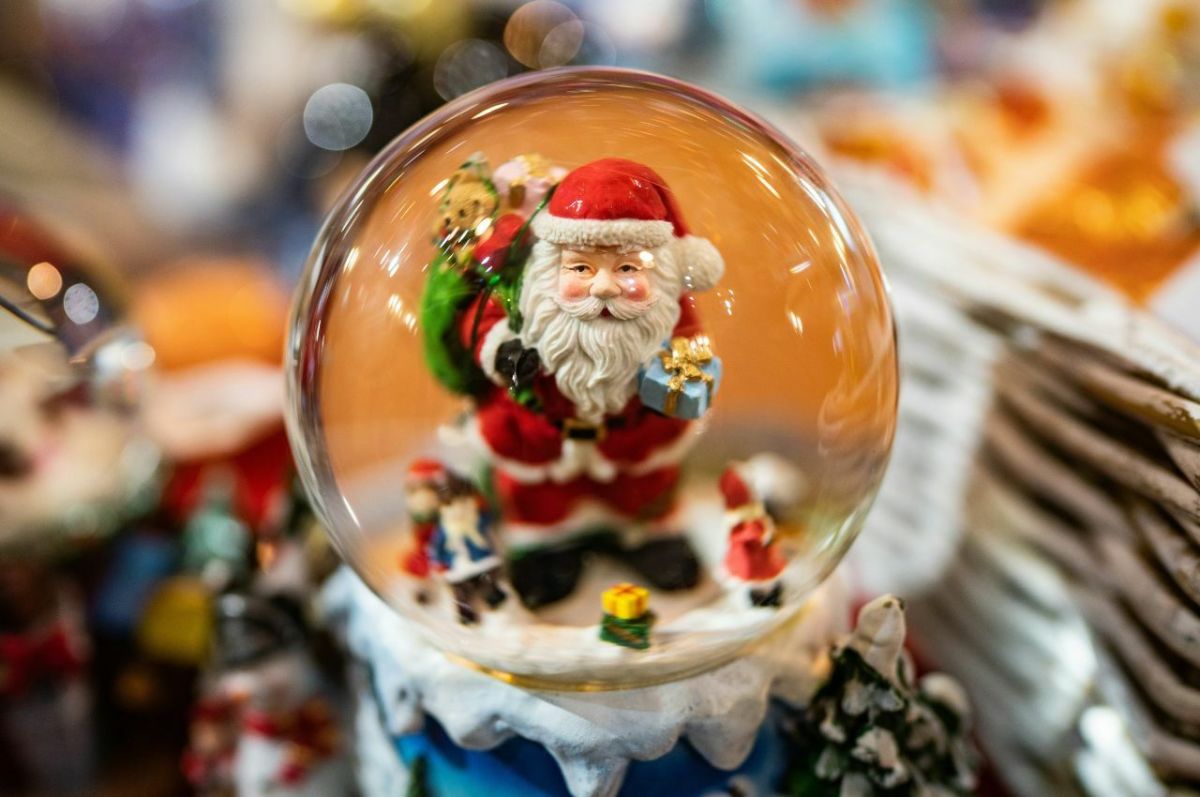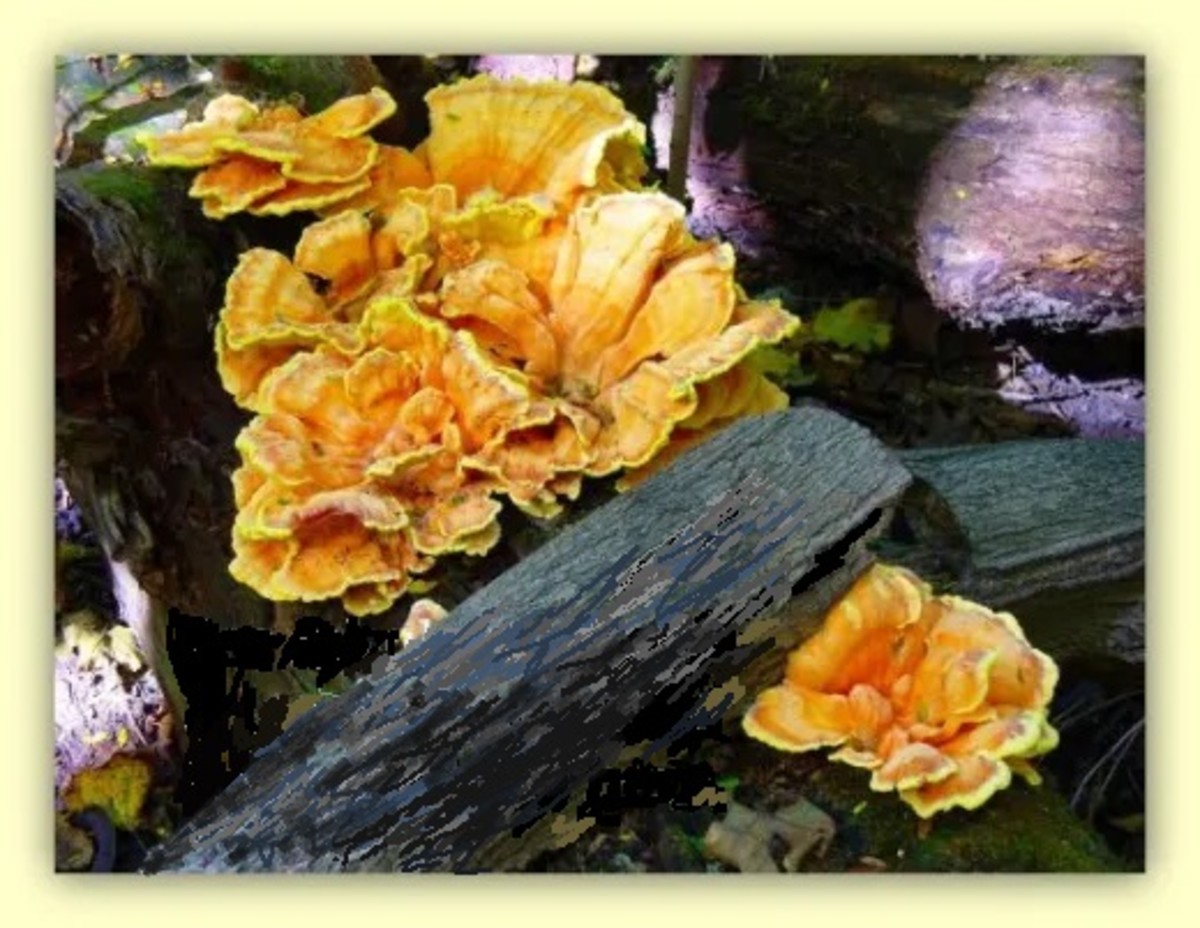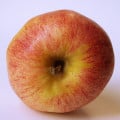Father Christmas and the Fly Agaric magic mushroom of fairy tales
Was Santa Claus inspired by a Magic Mushroom?
The red and white of the traditional clothes that Santa Claus wears matches the colours of the hallucinogenic Fly Agaric fungus, and reindeer eat this truly magical mushroom too. This seemed far too much of a coincidence to ethnobotanist Jonathan Ott who came up with a novel idea to explain the myth of Father Christmas.
Ott suggested that Santa Claus is a direct reference to, and inspired by, the fact that Sami shamans in Lapland and those in Siberia used this magic mushroom for its hallucinatory and intoxicating effects.
Reindeer's urine is even drunk after these animals have eaten Fly Agaric. Of course reindeer and Father Xmas go hand in hand with the idea of him travelling on a sleigh pulled by reindeer. And of course there is the popular Christmas song Rudolph the Red-nosed Reindeer. Once again it is the colour red! I wonder why?
Fly Agaric
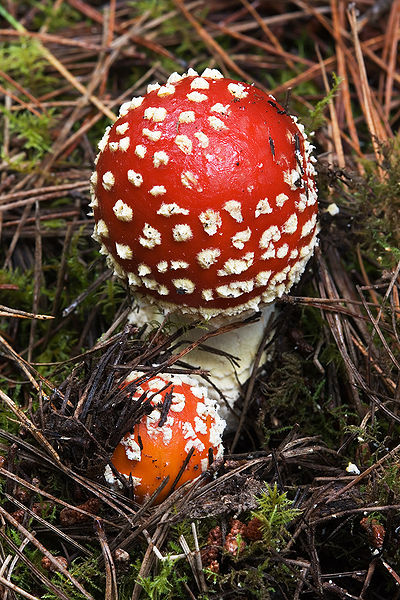
The Fly Agaric mushroom described
The Fly Agaric (Amanita muscaria) is fungus known worldwide because of its usage in illustrations for fairy stories and its association with elves, pixies, gnomes and goblins. This is the toadstool these little folk are pictured sitting on or even living in.
So it is very much associated with a magical world of supernatural beings and faerie folk. It is the toadstool that is always shown in illustrations in fantasy books.
Fly Agaric has a long history of having been used for its hallucinogenic effects by many cultures. The Siberian and Laplander shamans use it and it is thought that it has been employed for its psychoactive effects by many other tribal people and by ancient civilisations.
Some authors such as John Marco Allegro, in his 1970 book The Sacred Mushroom and the Cross, and more recently Chris Everard in Stoneage Psychedelia (2011), have put forward the idea that much of the Bible and Christianity was inspired by the use of this fungus. It is argued that shamans and priests of these ancient cultures took magic mushrooms to get in touch with the spirit world and that the Fly Agaric was behind a mushroom cult as well as an important and valuable item that could be traded by merchants at the time.
Clark Heinrich, in Magic Mushrooms in Religion and Alchemy (2002), identifies the Fly Agaric as having been eaten by Adam and Eve and as having been behind the visions of many of the prophets of the Old Testament.
R, Gordon Wasson suggested in Soma:Divine Mushroom of Immortality (1967) that the Fly Agaric was the "Soma" of the Hindu Vedic scriptures.
These authors have argued that much of the world's religions were inspired and written by users of the Fly Agaric, as well as other hallucinogenic plants. Naturally these theories have not gone down well in some circles and arguments debunking these opinions have also been launched. Nevertheless the Fly Agaric does appear in much religious artwork, does produce visions and an altered reality or "spirit world" and definitely has been used for its effects by some tribal shamans.
Fly Agaric is often described in books about fungi as poisonous. This may be because it causes delirium and hallucinations, though it is known to produce other harmful symptoms including vomiting and nausea. Seizures and coma have resulted from high dosage poisonings.
The fungus varies in the amounts of the toxins present in it and reactions are different in different people. The dried fungus is said to be much less toxic than when fresh. It is said to be detoxified by boiling and has actually been regarded as a food in some places such as Japan.
The psychoactive effects of the Fly Agaric are caused by the substances muscimol and ibotenic acid. It is not a psychedelic drug like Psilocybin magic mushrooms but acts as a deleriant. Because Magic Mushrooms have been made an illegal drug in many countries including the UK, more recreational drug-users and neo-shamans have switched to taking Fly Agaric. It is often sold by companies that deal in etheogens and legal highs and is even available on eBay.
Fly Agaric grows in groups under pine and birch and other trees and is found in late summer and autumn in most of its range. The fungus has been accidentally introduced to many countries where it didn't grow before and is now found in most parts of the world.
Fly Agaric also comes in other colour varieties including yellow, orange and brown.
Magic mushrooms & Reindeer - Weird Nature - BBC animals
Fly Agaric WIkipedia link
Superhuman strength
Fly Agaric is certainly a very colourful wild mushroom that has inspired an incredible amount of artwork, writings and debate, though whether it was really behind Santa Claus and his red and white suit is impossible to say.
It is said that one of the effects of intoxication with Fly Agaric is almost superhuman strength and energy. According to Wikipedia, the Koryak of eastern Siberia have a folk-tale about the Fly Agaric ("Wapaq" ) which was said to have allowed Big Raven to carry a whale to its home. Father Christmas would need that sort of superhuman power to do all the work he gets through on Christmas Eve!
© 2011 Steve Andrews
